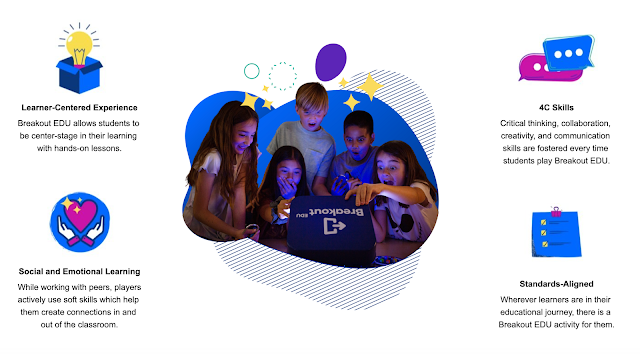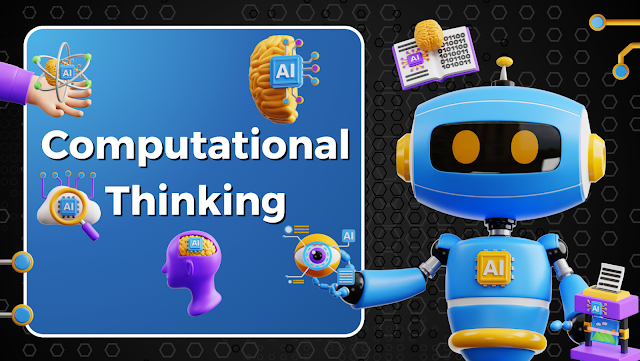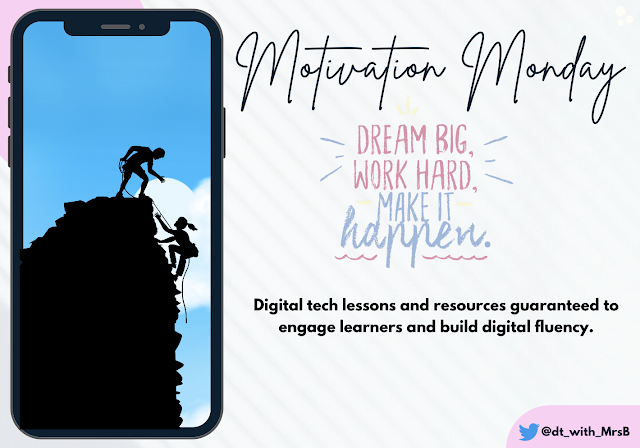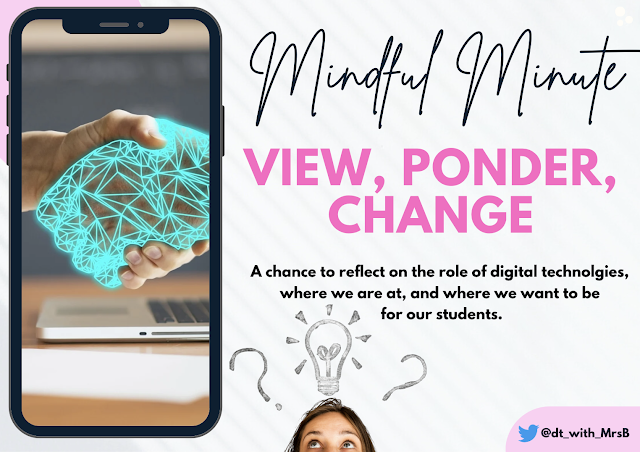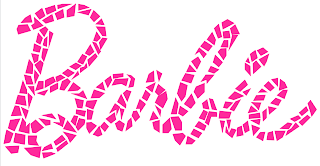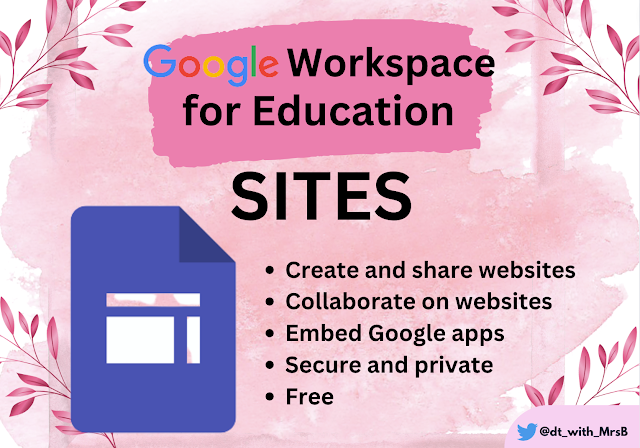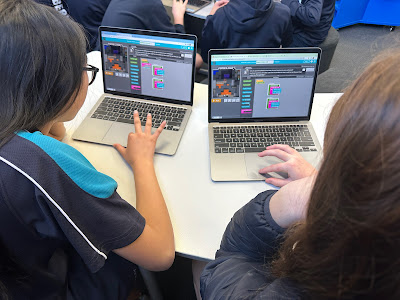Preparing our learners for the workforce
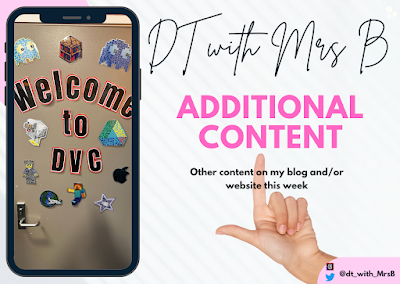
Technology is always evolving, and it brings exciting developments. Here are five significant technology trends in 2023 and how they affect the emerging workforce: 1. The Rise of Artificial Intelligence (AI) AI is already making a significant impact across various industries, and its influence is expected to continue growing. AI-powered systems are now capable of automating a wide range of tasks, from customer service to manufacturing, freeing up human workers to focus on more creative and strategic endeavours. Impact on the emerging workforce: The emerging workforce needs to be prepared to work alongside AI systems and leverage them effectively. This involves developing skills in areas such as data science, machine learning, and ethical considerations in artificial intelligence. 2. The Growth of the Internet of Things (IoT) The IoT, consisting of interconnected physical devices that collect and exchange data via the internet, is enabling innovative applications across multiple industr...

.jpeg)
